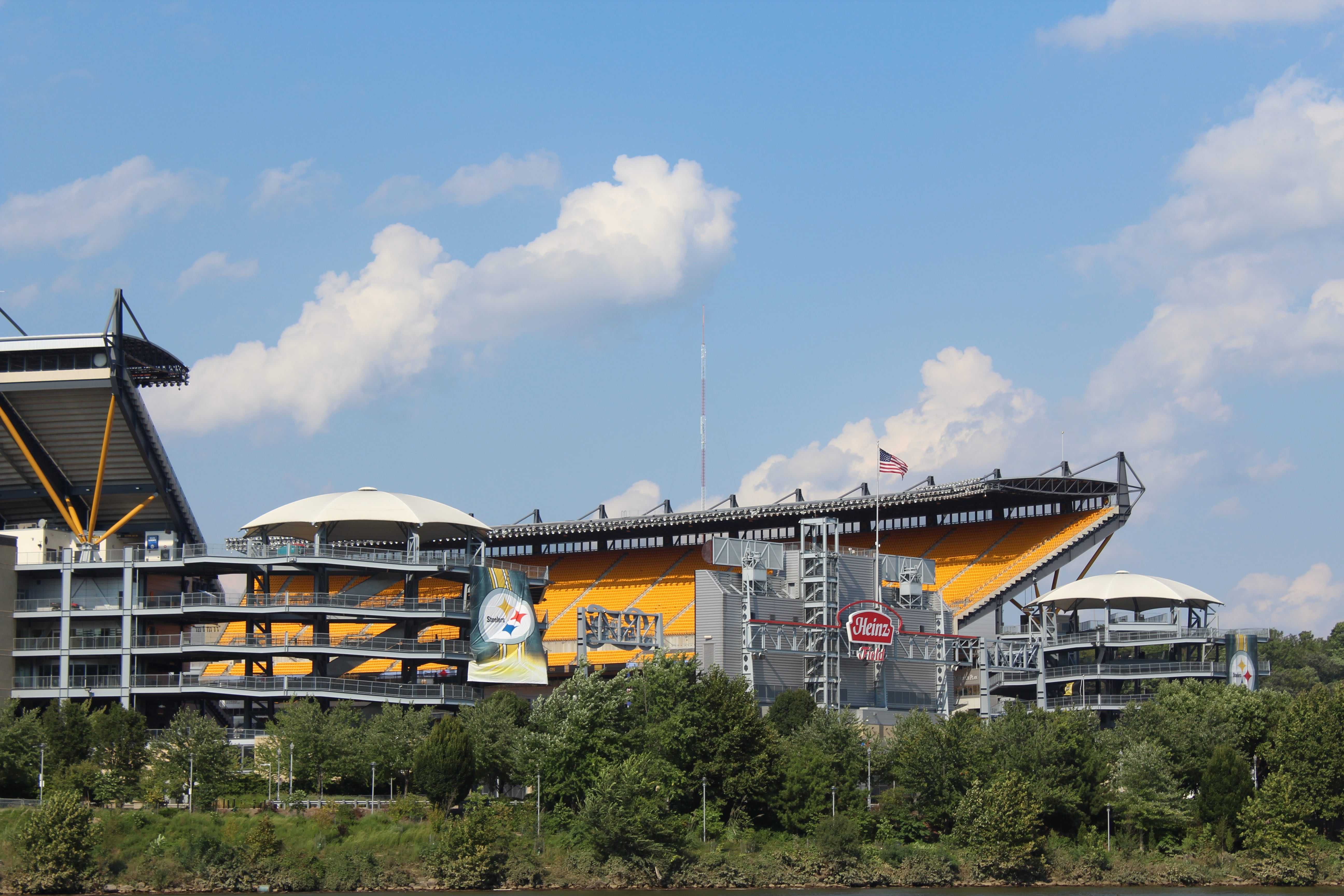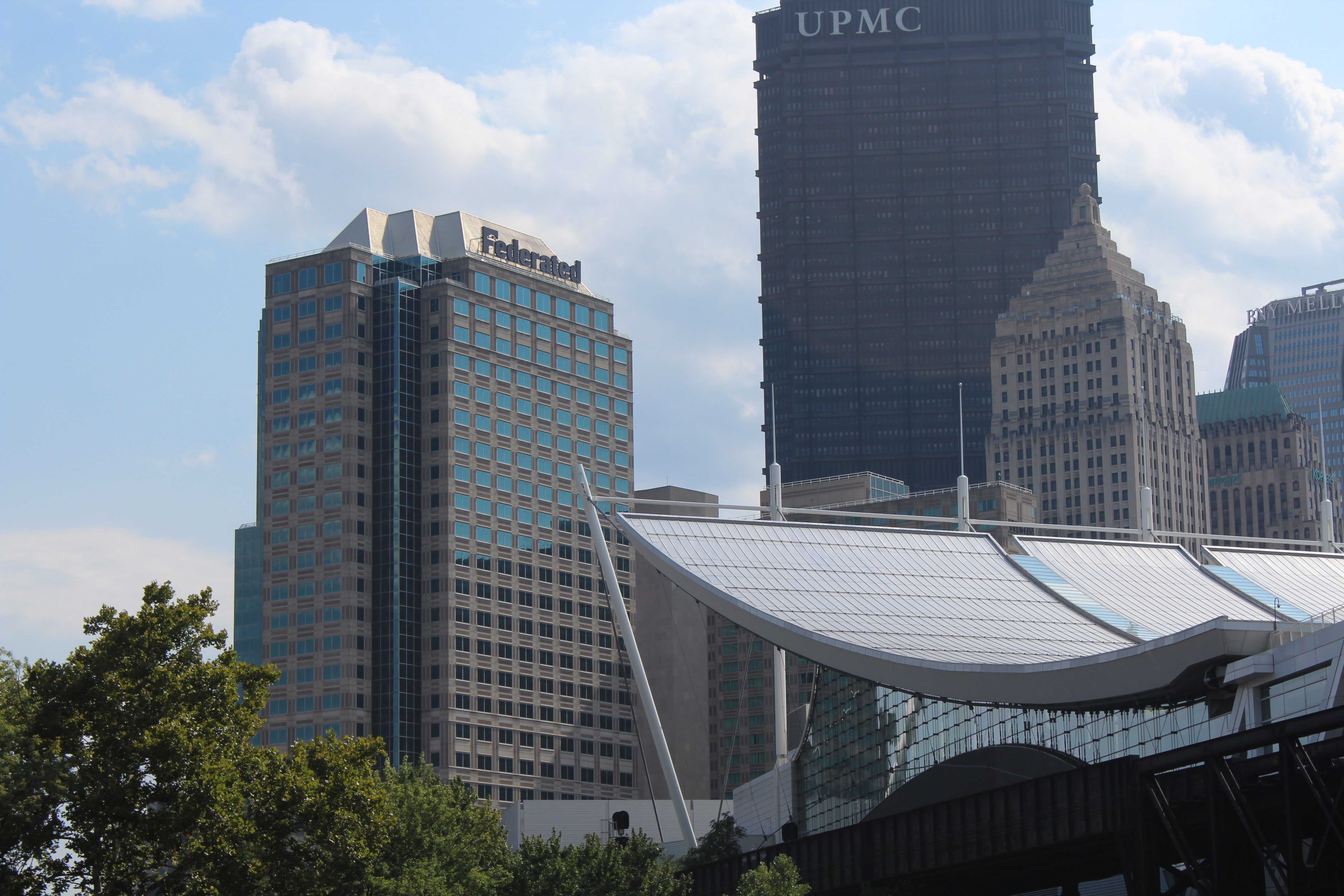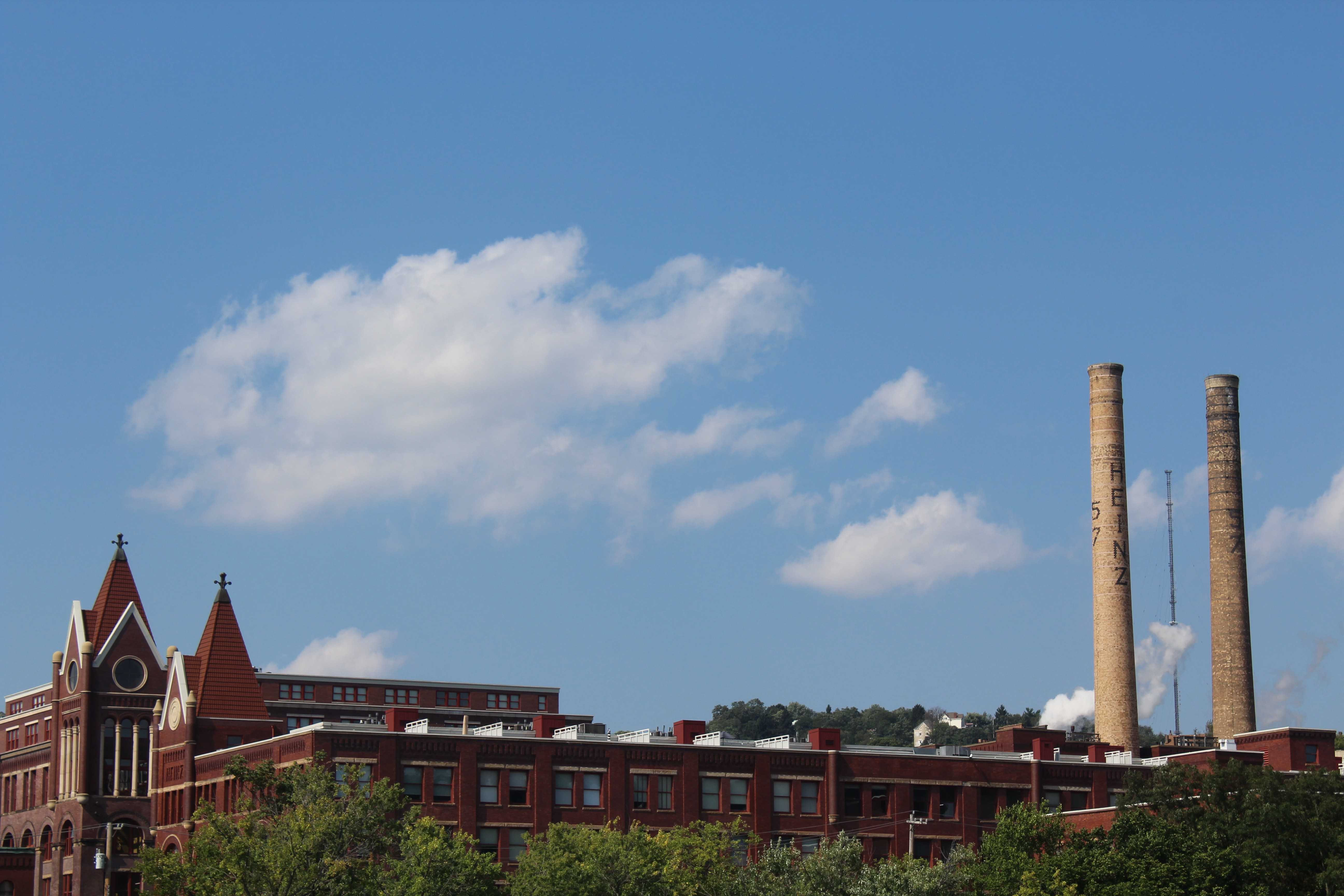Secret Pittsburgh
What was Left by Pittsburgh’s Steel Industry?
By Chen Liu
In the Rivers of Steel boat tour, a scripted introductory guide about an overview of Pittsburgh’s origins along with general information about the downtown area was presented to the visitors. The tour shows a very clean, impressive Pittsburgh to visitors. Most of the narrative scripts told us stories about the city’s downtown area with a focus on its development from the industrial era to the present modern city. The tour itself also gave same feelings to visitors. The beautiful sunshine, clear and clear river water, vibrant aquatic animals, etc., everything gave people an impression that this is such a lively and livable city. However, at the end of this tour, the tour guide told the visitors a very shocking story about the bad effect of Pittsburgh’s steel industry on the environment with an example that river water temperature significantly increased due to dumping molten steel into the rivers. Bell provided a similar description to the current Rivers of Steel Tour guide when he wrote “It was a cool, cloudy day; the mill's smoke hung low, and between the iron buildings the air was like fog, gray and softening. Steam stayed white a long time before it disappeared.” (Bell) The description of the steel city in early 1900s from an old book shows people the same picture as that in the tour guide’s story. Comparing to what were seen during the boat tour, the past history gives people an impression of a gray and negative image. However, is this all of Pittsburgh’s steel industry? What did Pittsburgh’s steel industry leave to today’s Pittsburgh?
As we know, Pittsburgh was famous as the “Steel City” in the first half of the 20th century, during which time hundreds of steel mills produced millions of tons of iron, steel, and structural shapes every year which were more than 30% of the whole nations’ production (Britannica). How did people feel about this city's great achievement in steel production? The answer can be found in Bell's Out Of This Furnace, when he wrote “with their blood and lives helped to build America, that the steel they produced changed the United States into the most industrialized nation in the world” (Bell). From the description of people’s attitudes to the steel city, they were proud of their hometown’s brilliant steel industry at that time although it costed many steel workers like the description in Blood on the Forge: “big red and black men made steel twelve hours in every twenty-four” (Attaway). In particularly, after the outbreak of World War II, Pittsburgh was called the foundation of the "Arsenal of Democracy" who offered steel, aluminum, weapons and equipment to the U.S. Armies and the Allies. All the steel workers from hundreds of mills united together and made great efforts to fulfill the high demand due to the war. Without their effort, it would be difficult to imagine what would happen. Beating the Fascists could take a much longer time or even never happen. The rise of this country and world peace should give many thanks to Pittsburgh’s steel industry.
In 1980s, a steel crisis happened because of the extreme decrease in the demand of steel, during which hundreds of steel mills closed. The steel city had been on the way of transformation since then. As a result, today’s Pittsburgh is a city whose major industry includes medicine, higher education, tourism, banking, finance, and high technology. U.S. Steel is no longer a major employer in big Pittsburgh area nowadays, the signage of UPMC (University of Pittsburgh Medical Center) has been hanged on the U.S. Steel Tower, which is an indicator that Pittsburgh has successfully shifted from traditional steel industry to high-tech industry. In 2009, Pittsburgh hosted the G-20 (Group of Twenty) summit as an example of successful transformation. President Barack Obama said, "Pittsburgh stands as a bold example of how to create new jobs and industries while transitioning to a 21st century economy" (Obama). Does the history of steel industry help Pittsburgh’s successful transition? The answer must be yes. Many cities did not survive from economic crisis successfully. For example, Detroit was bankrupted because its auto industry was beaten by the lower-price Japanese cars. The city’s unemployment rate became very high. Why did Pittsburgh succeed in the transition? Many economists concluded that one of the most important factors is the technology including high-tech human resources (Roanoke Times). All of these are provided by the two major universities – University of Pittsburgh and Carnegie Mellon University, both of which were funded by Andrew Carnegie, and one of them was even named after him. Andrew Carnegie is the person who expanded American, especially Pittsburgh’s, steel industry. His steel empire made a lot of money for him and he invested education as return to the society. As a comparison, Henry Ford established Detroit’s auto industry, but did not leave great universities to the city (Roanoke Times). As a result, it lacked necessary human resources for a transformation when crisis came. In this point, Pittsburgh’s successful transformation should also give many thanks to the past steel industry and its founder.
Pittsburgh’s industry helped this city overcome hard times such as world war and economic crisis. These experiences wrote steel as a spirit in Pittsburgh’s blood. People in this city must be very proud of its steel industry. It can be told from the name of the city’s proud, six-time Superbowl Champion team—the Pittsburgh Steelers, with a good meaning that this city’s luminous history will inspire the players to beat the opponents and win the champion. In addition, many buildings, companies, stores, restaurants still have “Steel City” in their names. These are also the spiritual wealth that the past steel industry left to today’s Pittsburgh. The steel-like spirit inspires this city moving forward.
Works Cited
Attaway, William. Blood on the Forge. New York Review Books, 1941.
Bell, Thomas. Out Of This Furnace. University of Pittsburgh Press, 1941.
Obama, Barack. "Statement by the President on G-20 Summit in Pittsburgh." The White House: Office of the Press Secretary, 2009.
“Pittsburgh.” Encyclopædia Britannica, Inc., www.britannica.com/place/Pittsburgh. Accessed 18 July 2016.
Roanoke Times. "Editorial: Why Are Detroit and Pittsburgh so Different? And What Does That Make for Roanoke?" Roanoke Times, 2016, www.roanoke.com/opinion/editorials/editorial-why-are-detroit-and-pittsburgh-so-different-and-what/article_170a85a9-d6a7-590f-a030-4e36162fe7f8.html. Accessed 21 Dec. 2016.


